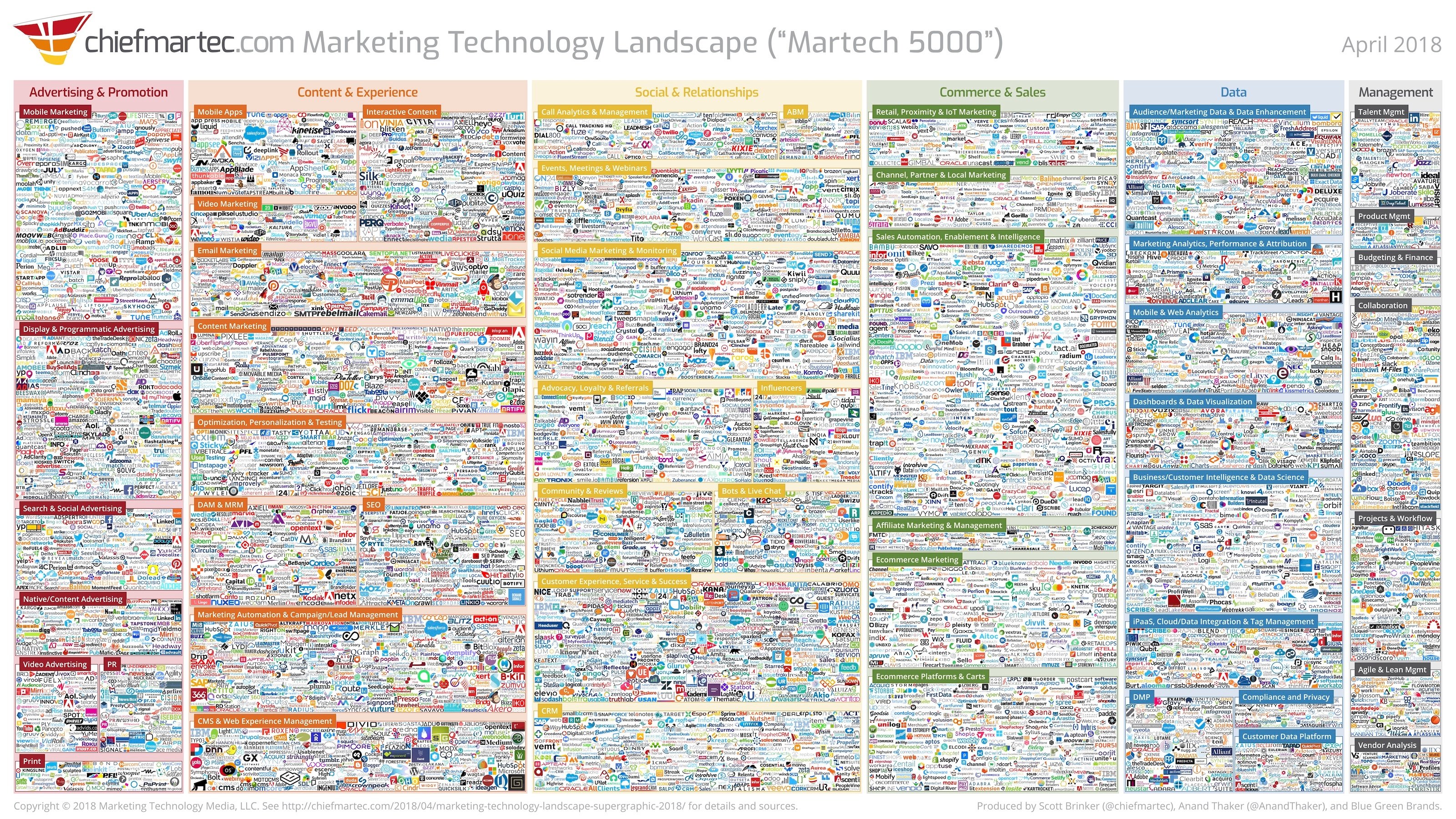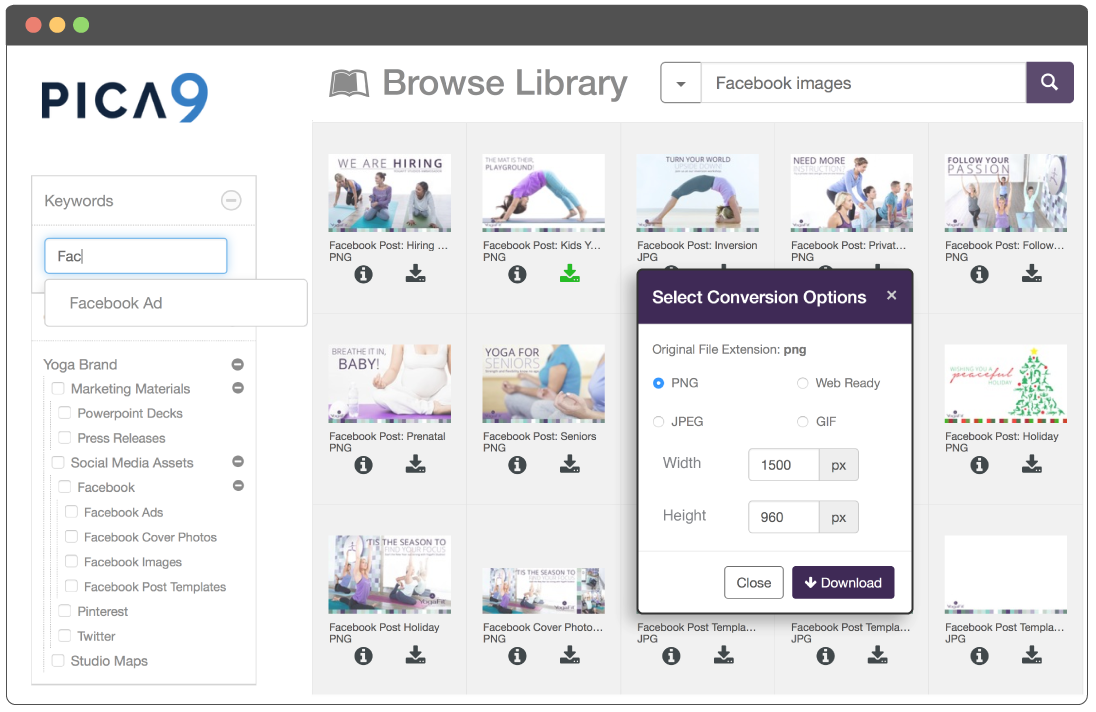We’ve all seen the Martech Landscape that Scott Brinker and his merry band publish periodically (if not, brace yourself for the image below).

Martech vendors know this fragmented world all too well—after all, they have to survive in it. And so, to rise above the clutter, they're naturally inclined to claim the ability to cover far more ground than their software really encompasses.
Customers, meanwhile, want to get as many problems solved as they can with a single solution. So, they load up their Martech RFPs with as many “requirements” as they can, in the hopes of holding their selected vendor to what is, essentially, an impossible dream.
Now, should vendors answer each line-item in your marketing RFP with a detailed and forthright response? Of course. But when they're presented with a "kitchen sink" RFP, you really can’t blame them for claiming that soup can be eaten with a fork—provided the soup is really, really thick. After all, technically, it’s true.
Instead of playing this game, you might try a different approach.
- Define your core “must-have” feature set as tightly as you can. Put the list in a drawer for a week. Then bring it out, and cross a couple more “requirements” off the list. Everything you don’t need-to-have becomes a nice-to-have. Be very clear not to confuse the two. Repeat for three weeks.
- Next, get in a room with your fellow stakeholders and rank-order your core needs. Ties aren’t allowed. At the end of the meeting, kiss and make up. Then, cut the bottom two needs off your list.
- Now that you’re focused, send your list to your technology analyst (you have one of those, don’t you?) and ask them for a short list of vendors who can deliver. Not a laundry list; a short list. If they give you more than five, tell them their subscription is in danger. They’ll be sure to edit; and quickly, too.
- It’s now time to make contact. Do not send your RFP over the transom; this is not a game of technology Tinder. Contact the company directly, and go as high up the chain as you can. Let the vendors know exactly how they were recommended. Tell them exactly who their competitors in the pitch are. Avoid coyness. If you give honesty, you’ll get honesty—and what you want in a proposal from a SaaS vendor, above all else, is honesty.
- Cut your candidates from five to two. (If you did steps 1-4 right, this will be very difficult.) Begin discovery discussions with the finalists. Have your team travel to their shop; not the other way around. Believe it or not, you are looking for chemistry. Verify that you've got your core needs covered. (If you did steps 1-4 right, this will be very easy).
- Now, you can begin to explore your nice to-haves with your finalists. Resist the call of the kitchen sink. Prioritize your nice-to-haves, and let each vendor know what their gaps appear to be. Encourage them to explain if these items are on their road map—and if not, why not. When they tell you, listen. You may not agree with the thinking, but the vendor’s opinion is born of much more experience than you yourself could ever have.
Buy each vendor-team a nice dinner. After all, you’re learning a lot, and they’re giving a lot—and at least one of these teams is going to come out of this empty-handed. - When you select your vendor, review your final list of need-to-haves and nice-to-haves, and show them why they won. This will set an excellent foundation for the on-boarding work that is to come. It will also create a forum, right up front, to clear the air of any mis-set expectations.
- Finally, go and visit the vendor who wasn’t selected and explain your decision to them, as well. They will appreciate your candor, and will grow stronger as a result. (I can tell you personally that I lost a pitch to one of the nation’s largest banks, and when they gave me this debrief, it helped change the course of our company.)
If you take this approach, you'll encourage your vendors to speak frankly about what they do best, and develop for yourself the direct and fastest path to value. You may also find that you use more of the software solution you bought, because you found the tightest possible fit for your needs before making the purchase decision.
As a vendor I can tell you this: when I meet a customer who’s done this kind of work, I am eager to work for them, because I can tell that real, long-lasting success is right around the corner. And nothing gets me up in the morning quite like the prospect of long-term success.






